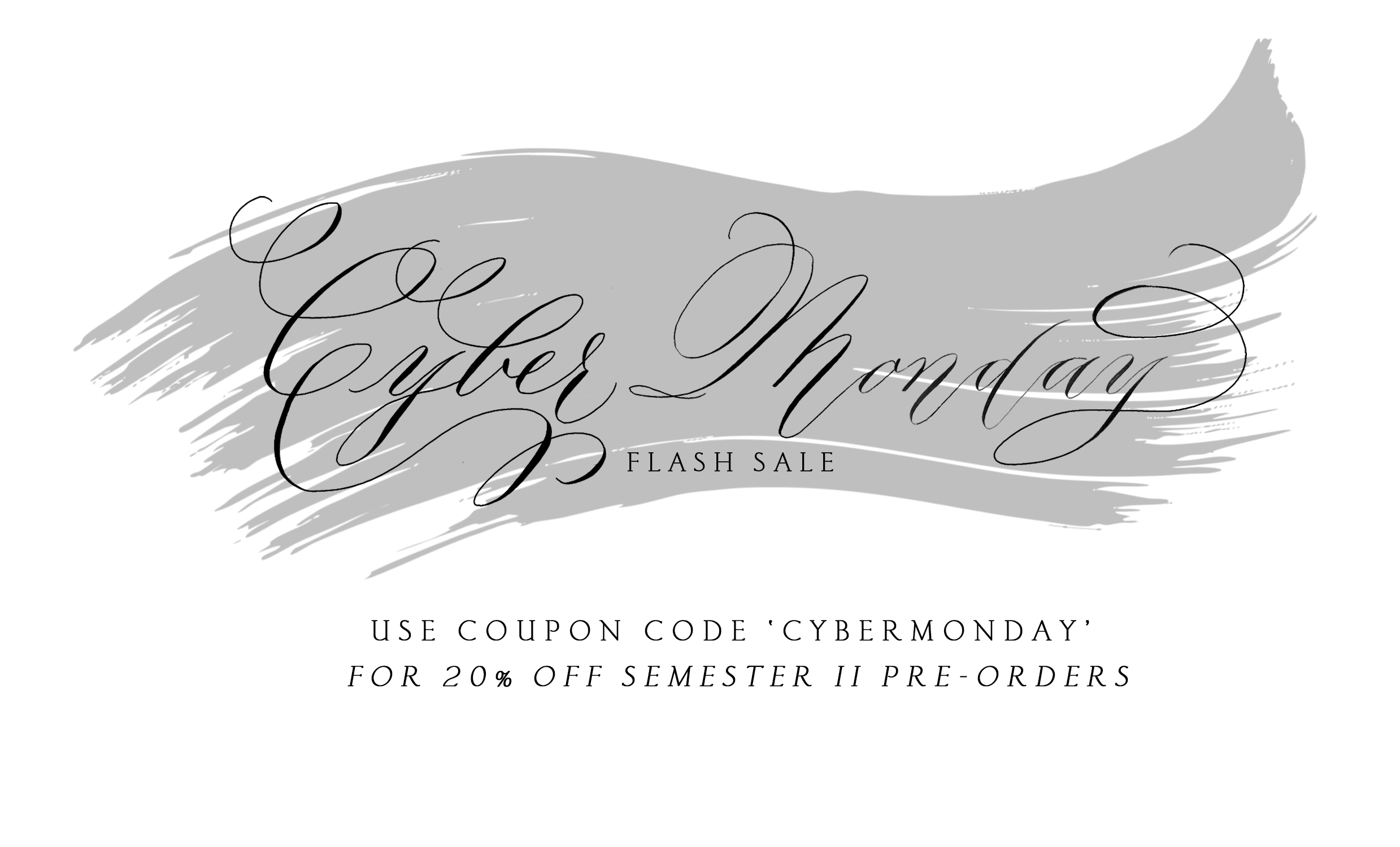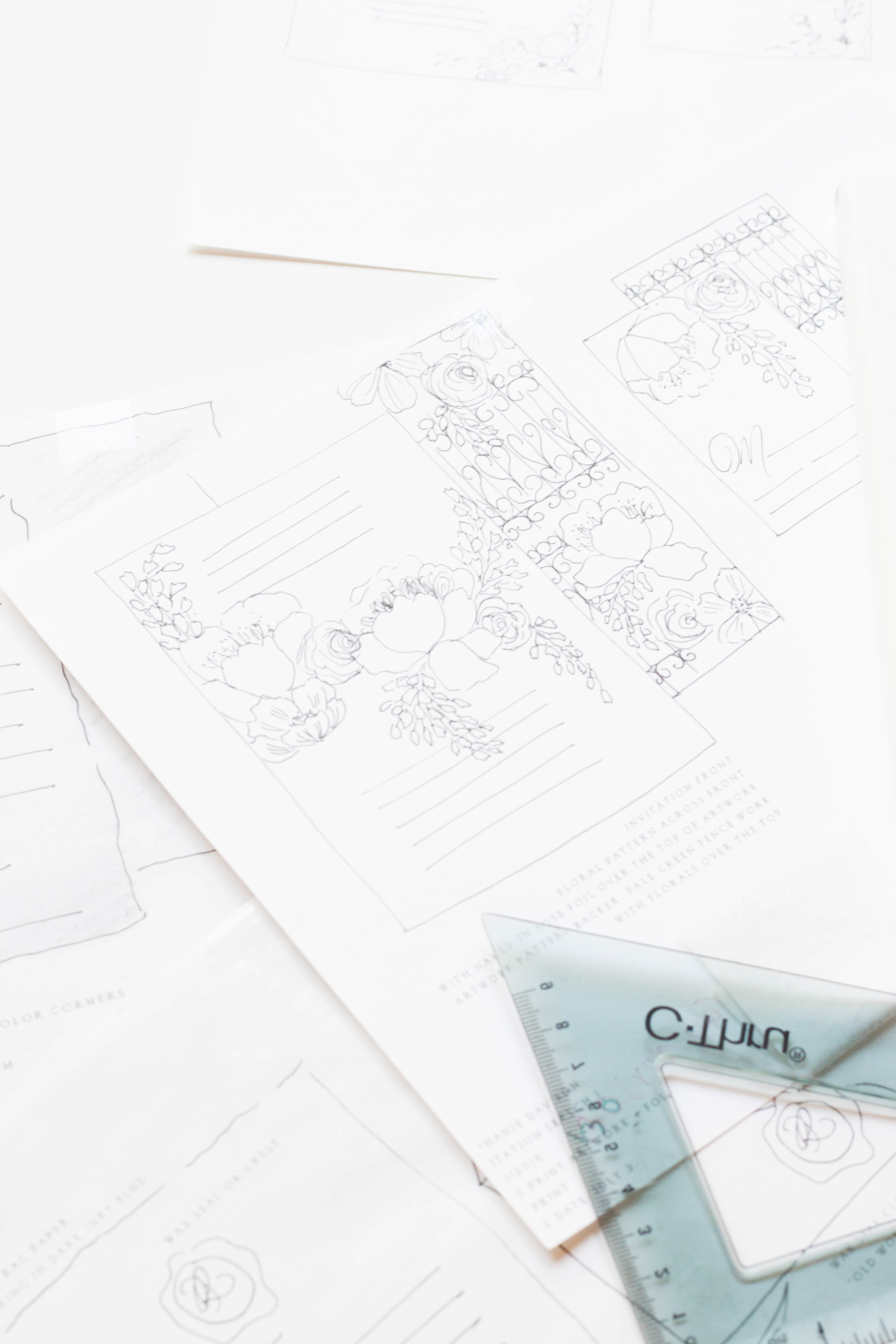It comes in different degrees and different manifestations. It affects our work, our decision making abilities and our sanity. We've all been there, and we'll all be there at some point.
Scarcity Mindset.
This is the mindset you fall into when you don't know when or where your next dollar is coming from. The fear of not knowing this causes us to make very poor short term decisions that have a massive impact on our future self. Scarcity mindset is our current self screwing over our future self.
Living in the middle of scarcity mindset is a terrifying place to be. It's a dark, frantic place. I know this place very well, I've been there and the likelihood is that you've been there or are currently there.
This is how it happens: you have a passion, a dream. Your dream is to quit the daily grind and have a job you're excited to get up to in the morning. This dream job may be as a fine artist, it may be as a singer, dancer, calligrapher, photographer, programer, or designer. It could be anything you suspect will bring you joy. So in an epic fashion, you quit your day job to pursue your passion.
However, you still have to make money. If you haven't given yourself any overlap cash reserves, you're basically screwed. Everyone wants to follow their dream, but no one bothers telling you how hard it will be.
So you take whatever work comes your way, you're not picky. When a client tell you have they have a budget of $500, you work your ass off creating a project that you're happy with and shows your work, regardless of how deep of a discount it took to make that budget work. Your dedication and desire to succeed means that you spend too much time, effort and money completing projects so that they're up to your standard regardless of what the client can pay you.
You discount your work, you do work for free to "build your portfolio," or "exposure," you do work for friends, family, and free work for clients. You're working 50 or 60+ hours a week, nights and weekends, you're stressed, tired, frustrated and still not making any money. Your house is a wreck, your life is a mess, and you have no time. This type of erratic and frantic behavior also trains your clients to demand more of you, ask for more discounts, and expect a better product from you. Every single one of them will take advantage of you, your generosity and your desperation. Clients are like dogs, the can smell fear and desperation. Now you're taking whatever work comes along, even though it's not really the "dream work" you had in mind. You're not even proud of half of it because it's just not your style or aesthetic, but you "need" to take it because you "need" the money (need is in quotes because working like this generates so little profit that you don't really "need" that money because there isn't any).
Now you have demanding clients, you're working crazy hours, you're terrified and stressed about money, you're trying to build your portfolio with work that you don't like, but you also don't have time to create work you love, you're exhausted, and you think you're alone in this.
You're not. This is scarcity mindset.
Scarcity mindset can be avoided and corrected. Here are some of the ways we talk about avoiding it this semester:
- making sure you have some overlap cash from quitting your day job to going full time with your passion
- or make sure your passion covers your bills (and then some) BEFORE you quite your day/part time job
- go through the entire process of your passion BEFORE making it a business. you have to not only love the passion, but love the process
- say no to work that isnt your idea aesthetic
- say no to work that isnt your ideal budget
- dont give discounts
- know and understand the value of your work and price accordingly
- stop being a perfectionists - done is better than perfect
allowing yourself some overlap time and cash between your day job and passion job (this could also come in the form of a part time job) or making sure your passion covers all your bills before you quit allows you time to grow and curate your business slowly and wisely, and gives you the time to have your long term goals in mind rather than having them overshadowed by scarcity. Creating a goal road map, understanding how much money you actually need, and choosing the projects that align with those goals builds value in your work in the long term and keeps you sane in the short term.
Want to learn more about how to avoid it? We go into great detail with scarcity mindset, getting your money right, when to quit your day job and what it really means to "follow your passion" in our Finding and Exploring Your Passion course.




